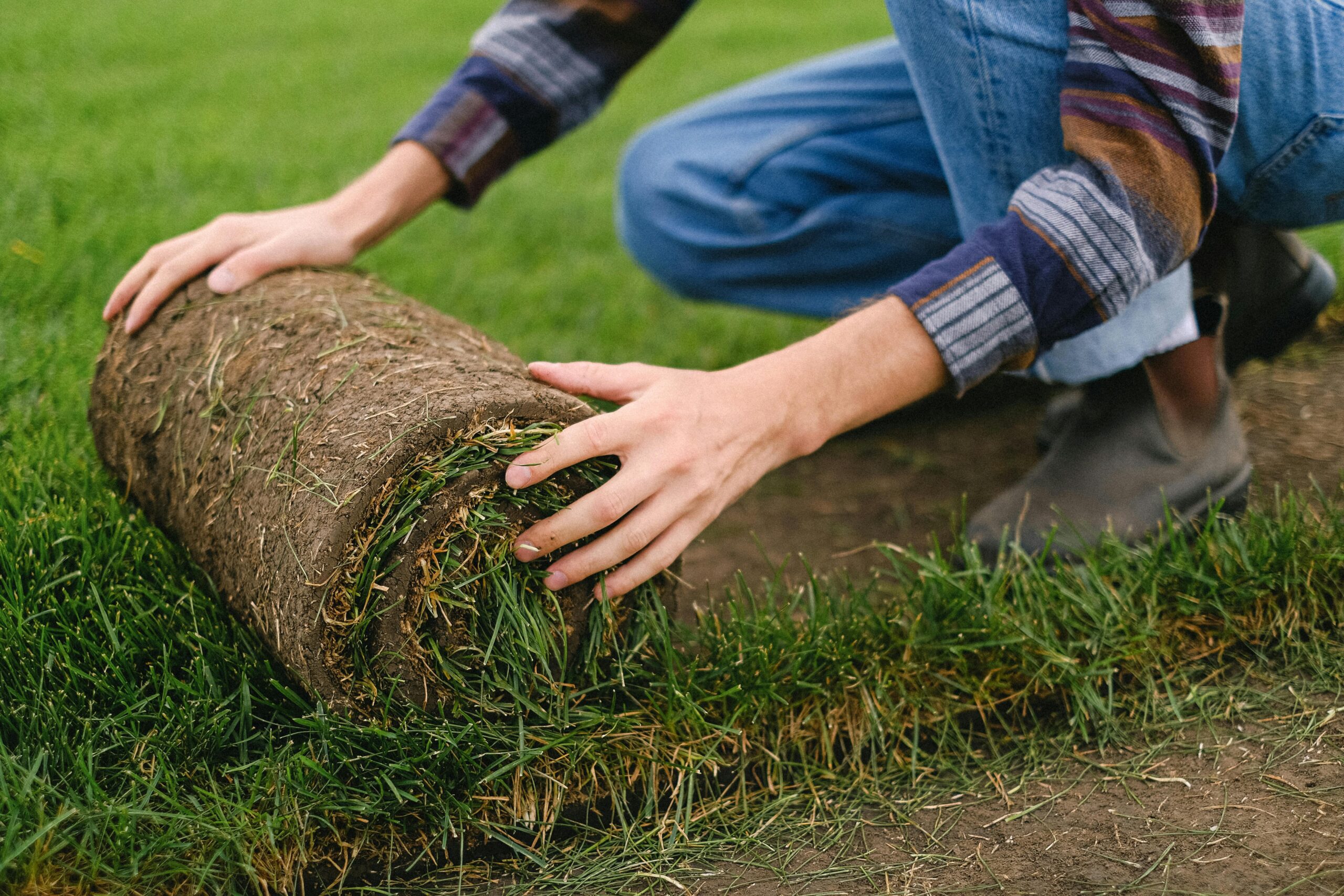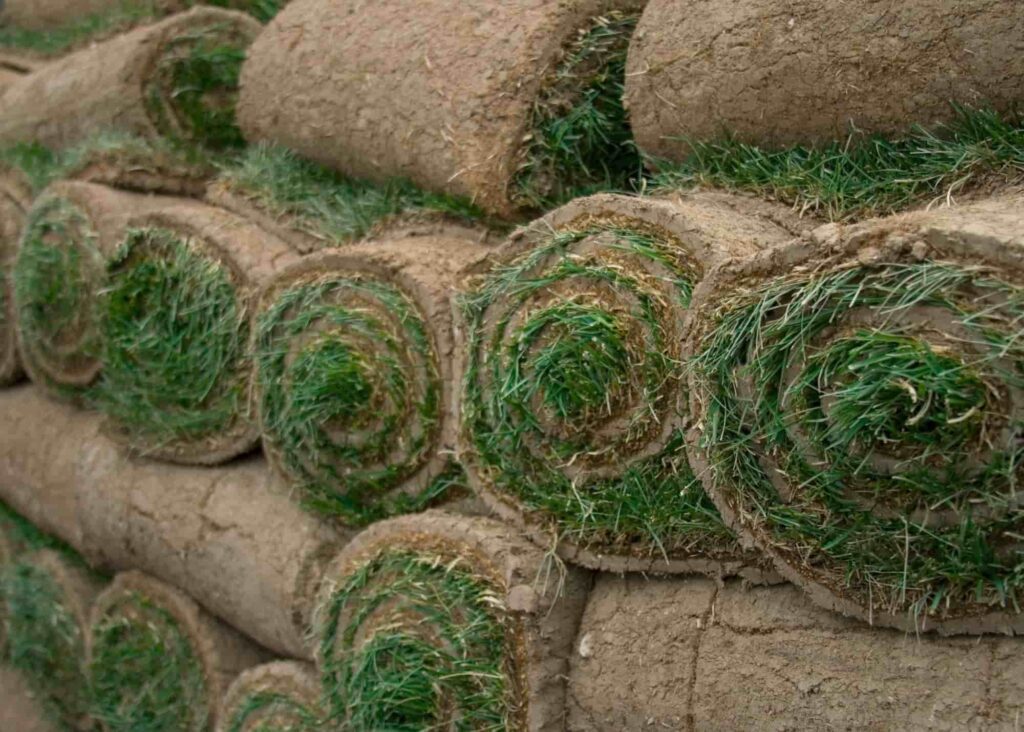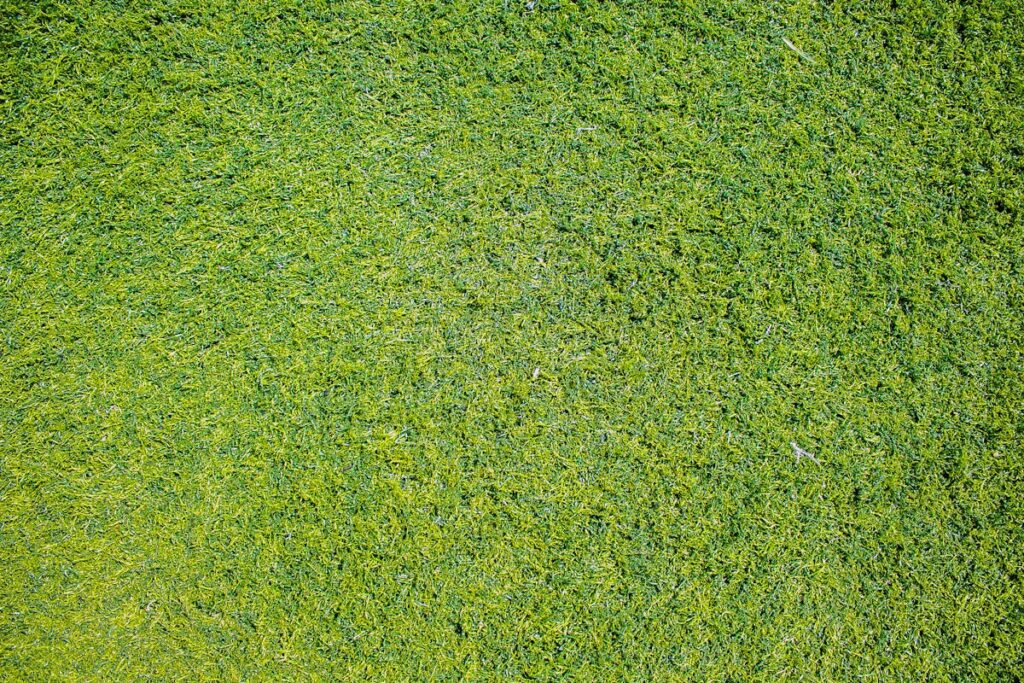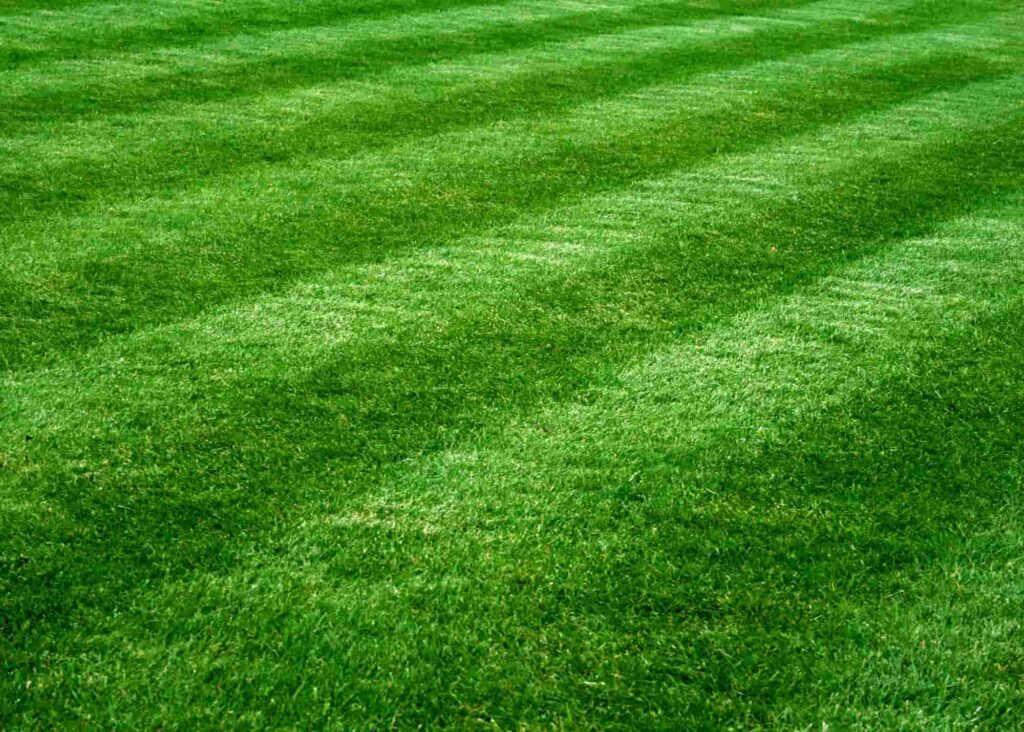A freshly sodded lawn offers instant beauty, but keeping it lush and healthy takes the right aftercare. Whether you’re laying sod in the hot South or the cooler Midwest, the fundamentals of proper sod care remain consistent across the US. This comprehensive guide covers best practices for installation, watering, mowing, and more—including how to prevent pests and disease from day one.
Complete Sod Care & Maintenance
Installing sod is one of the fastest ways to achieve a lush green lawn, but it requires careful attention to detail—especially during the first few weeks. From watering schedules to mowing, fertilizing, and keeping pests at bay, this guide walks you through every essential step to help your new sod take root and flourish no matter where you live in the U.S.
1. Installation & Immediate Aftercare
Time is critical once your sod is delivered. Sod is a living material with a short shelf life, especially in high temperatures. Here’s what to do immediately:
- Lay sod quickly after delivery to prevent deterioration.
- Water the soil before installation so it doesn’t pull moisture from the new sod.
- Apply pre-plant fertilizer (preferably one high in phosphorus) to support root development before laying the sod.
Proper preparation can be the difference between patchy grass and a thriving lawn.
2. Watering: The Cornerstone of Success
Watering is the most important step in new sod care, especially in the first month:
- First 2 weeks: Water 2–3 times per day to keep the sod and underlying soil consistently moist.
- Check moisture often: If the sod isn’t damp, water again. Avoid puddling.
- Weeks 3–4: Begin tapering frequency. Shift to once daily, then every other day.
- After 4 weeks: Switch to deep watering 1–2 times per week (early morning is best). Aim for about 1 inch of water per week.
Avoid watering late in the evening—this can increase the risk of fungal diseases.
3. Mowing Guidelines
Don’t be too quick to mow your new turf. Give roots time to establish:
- Wait until the sod is firmly rooted (about 2 weeks).
- Only mow when the grass is about 1/3 taller than its ideal height.
- Never cut more than 1/3 of the blade length at once.
- Keep mower blades sharp to avoid tearing the grass.
4. Fertilizing New Sod
New sod requires the right nutrients to grow strong:
- Before or after installation: Apply a starter fertilizer high in phosphorus.
- After 30 days: Switch to a balanced fertilizer to maintain growth.
- Follow product instructions closely to avoid over-fertilizing, which can burn the sod.
5. Protecting Against Foot Traffic
New sod needs time to settle. Too much foot traffic early on can cause serious damage:
- Avoid walking on the lawn for at least 2 weeks.
- Keep pets and children off the sod until it has taken root.
- If necessary, use stepping stones or boards to distribute weight temporarily.
6. Common Sod Issues (and Fixes)
- Overwatering: Mushy soil, mushroom growth, and a spongy surface indicate excess water.
- Underwatering: Curling, yellowing, and dry patches mean the sod needs more water.
- Fungal disease: Often caused by overwatering or watering at night. If spotted, reduce water and consider using a fungicide.
7. Seasonal & Long-Term Lawn Maintenance
Once your sod is established, ongoing care helps ensure it stays green and healthy year-round:
- Aerate and dethatch annually to encourage deep root growth.
- Adjust watering with seasonal changes and rainfall.
- Soil testing every few years helps optimize your fertilization schedule.
Climate also matters—for example, lawns in the Southeast will need more frequent irrigation than those in the Pacific Northwest.
8. Preventing Lawn Disease & Pest Problems
Healthy sod is less likely to succumb to lawn pests or disease. Here are practical prevention tips:
- Maintain a balanced routine of mowing, watering, and fertilizing.
- Use early morning watering to reduce fungal risk.
- Introduce beneficial insects and microbes that boost soil health.
- Avoid standing water or compacted areas where pests thrive.
- Keep mulch and debris away from foundations and moist zones.
- Consider natural deterrents like lavender or marigold plantings.
Biological controls, like Bacillus thuringiensis, can also help manage pests without harming your lawn. For more pest-specific tips, you can explore this university-backed lawn pest guide.
Our Work On Sod Installation And Maintenance
Final Thoughts
A new sod lawn is an investment, and how you care for it in the first few weeks sets the tone for years to come. By following a consistent watering, mowing, and fertilizing schedule—and keeping an eye out for common issues—you’ll be well on your way to a lush, green, pest-free yard.
Adjust your approach based on your region’s weather, and don’t hesitate to consult local experts if challenges arise. With a little attention and the right techniques, your sod will thrive across all four seasons.








